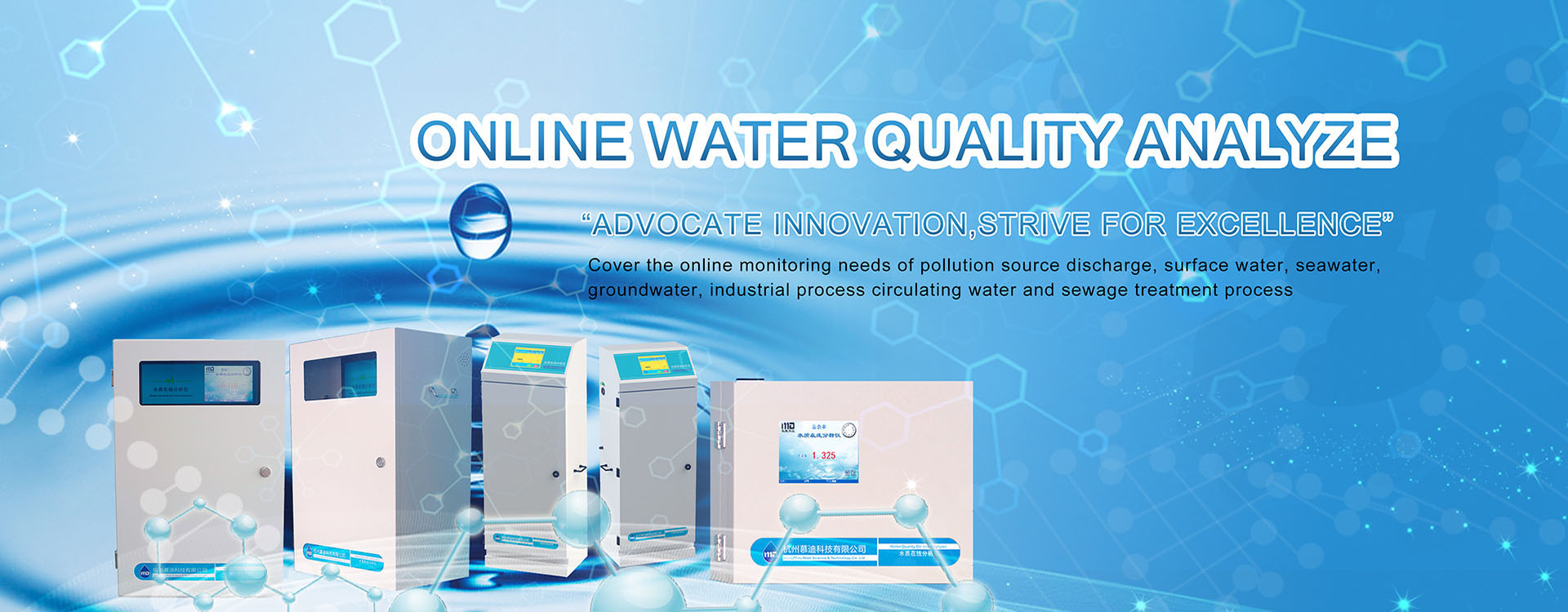Water quality has always been a concern in China, so online water quality monitoring has become a compulsory course for us! So, in water quality monitoring, the standards and testing of water quality are certainly issues that we need to understand. In this chapter, manufacturers of online water quality monitoring instruments come together to understand the standards and monitoring issues of drinking water quality.
Explanation of Standards for Drinking Water Quality
The revision of the Hygienic Standards for Drinking Water is an important measure to ensure the safety of drinking water. Under the coordination of the Standardization Management Committee of our country, the Ministry of Health, together with the Ministry of Construction, the Ministry of Land and Resources, the Ministry of Water Resources, and the State Environmental Protection Administration, organized personnel from various fields such as health, water supply, environmental protection, water resources, etc. to jointly participate in the revision of this standard.
In the “Hygienic Standards for Drinking Water” issued in 1985, the turbidity index of drinking water was “3-5”, while the new standard raised it to “1-3”. This indicates that, aside from a lot of physical and chemical indicators, we can intuitively feel that the water color will become clearer.
Online Detection of Drinking Water Quality Issues
It is different to say that we cannot do without who in our lives. The quality of water we drink directly affects our health. It is precisely because of this that people’s requirements and standards for water quality continue to rise and improve. To achieve this, water quality monitoring is an essential item, which involves monitoring and analyzing drinking water to determine whether it is safe!
The Scope of Water Quality Testing
sewage, pure water, seawater, fishery water, swimming pool water, reclaimed water, bottled pure water, drinking natural mineral water, cooling water, farmland irrigation water, landscape water, domestic drinking water, groundwater, boiler water, surface water, industrial water, experimental water, etc.




